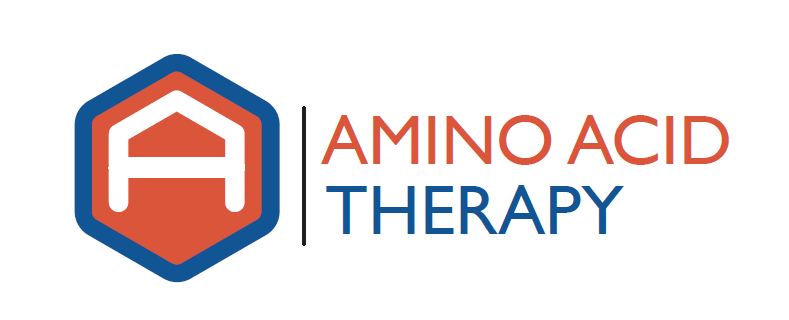 People want to save money – I get it. I want to save money wherever and whenever I can.
People want to save money – I get it. I want to save money wherever and whenever I can.
However, it doesn’t save you any money if you can never get better.
This is the unfortunate case with amino acids. Most people need a very specific amount of amino acids and the balance has to be within a very specific zone in order to have lasting results over time. This REQUIRES a very strict set of manufacturing standards as well as what is called “ultra-low variance” in regards to the quality of the finished product. Those familiar with the pharmaceutical world inherently get this – if a drug says that it contains 100 mg of a medication, the FDA sets very strict standards that requires that the finished product has almost exactly 100 mg of that medication and nothing else. The amount that a product varies from the stated amount on the label is called the “variance”. In the drug world, it is not uncommon to see variances in the 3.0%-5.0% range, meaning that a finished product that states that it contains 100 mg of a medication could actually contain between 95 mg and 105 mg of the medication and still be within the required variance. This insures quality, safety and efficacy.
This isn’t the case with supplements.
While we would like to think that the supplements we buy adhere to the same strict standards as the pharmaceutical industry, they just don’t. Everybody claims that their products are of the “highest quality”; everyone thinks that their products are “the best”. The issue is that you still don’t know what you are buying, and with amino acid therapy, that unknown is the number one reason for erratic or ineffective results over time.
In regards to product variance in the supplement industry, the manufacturer and the wholesaler set the allowable variance; there is no governmental or third-party oversight in this process and since they want to be able to sell you what they have to offer, they often make the allowable variance incredibly high – often up to 80%. At 80% allowable variance, a supplement that claims to contain 100 mg of a substance per pill could contain between 20 mg and 180 mg and still be within the allowable variable. For some supplements, that may not matter, but for amino acids, it matters a great deal.
It is not uncommon for someone with Parkinson’s disease that is taking 30 grams/day of a mucuna product that is standardized to 40% L-dopa (= 12.0 grams L-dopa/day) to see a major improvement with just a 300 mg Mucuna (120 mg L-dopa) dosing change. This represents a change of only 1.0% L-dopa. Without a very strict/tight allowable variance, it is not possible to attain this degree of dosing certainty, and therefore, impossible to obtain consistent, ongoing results.
This is why we use and recommend only CHK Nutrition brand amino acid supplements. They require a variance of 0.3%. Anything higher means that every time a new lot of product comes out, we need to readjust each person’s dosing, as the actual amount of L-dopa in the product (as in the case of Mucuna) is different than the previous lot. This leads to a lot of unnecessary trial-and-error and frustration, and ultimately, to subpar and inconsistent results.
Someday, it may be possible to verify what a supplement manufacturer claims is actually in the bottle, but that day isn’t coming soon. Until then, it is absolutely essential to use ultra-low variance amino acid products in order to obtain long-term success using amino acid therapy.

